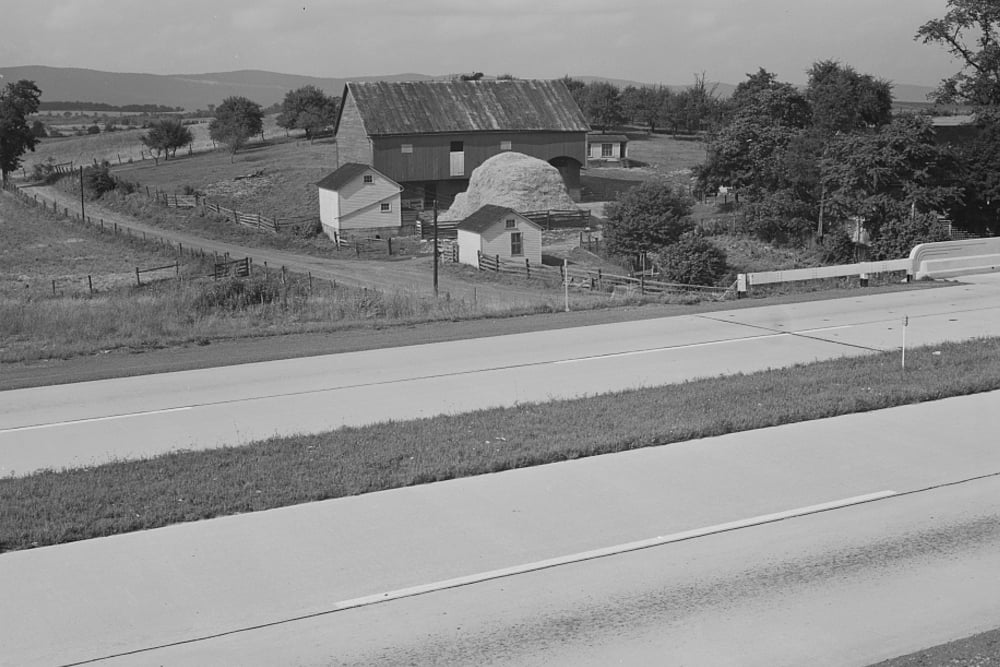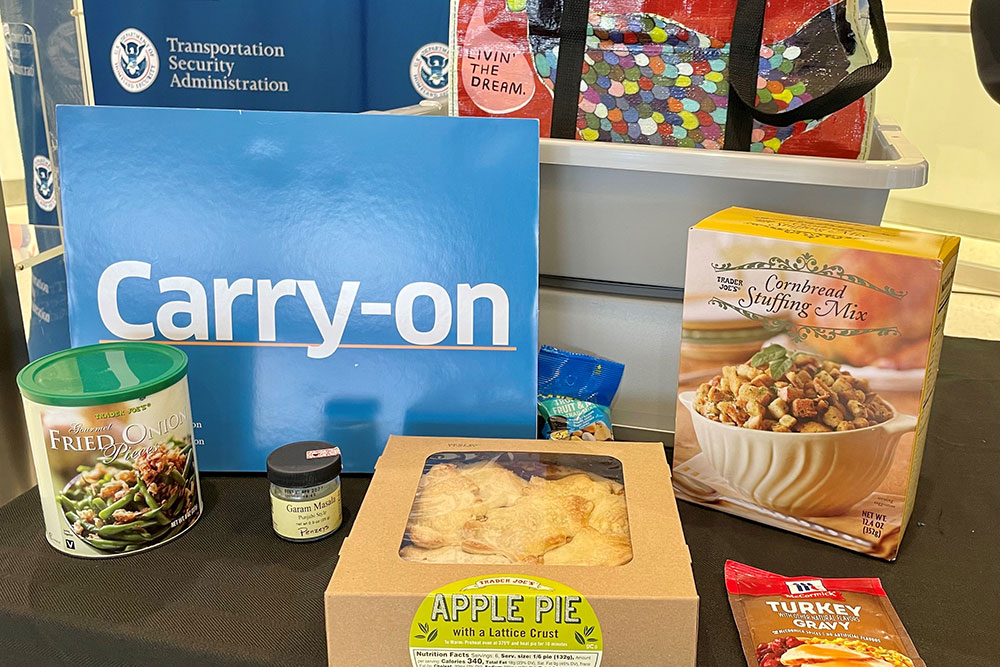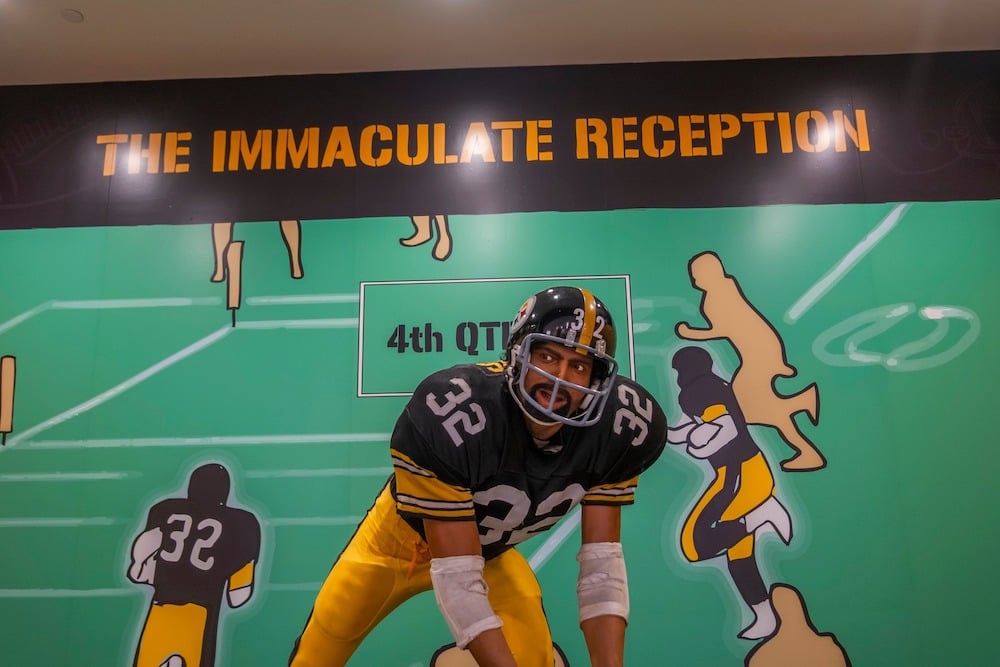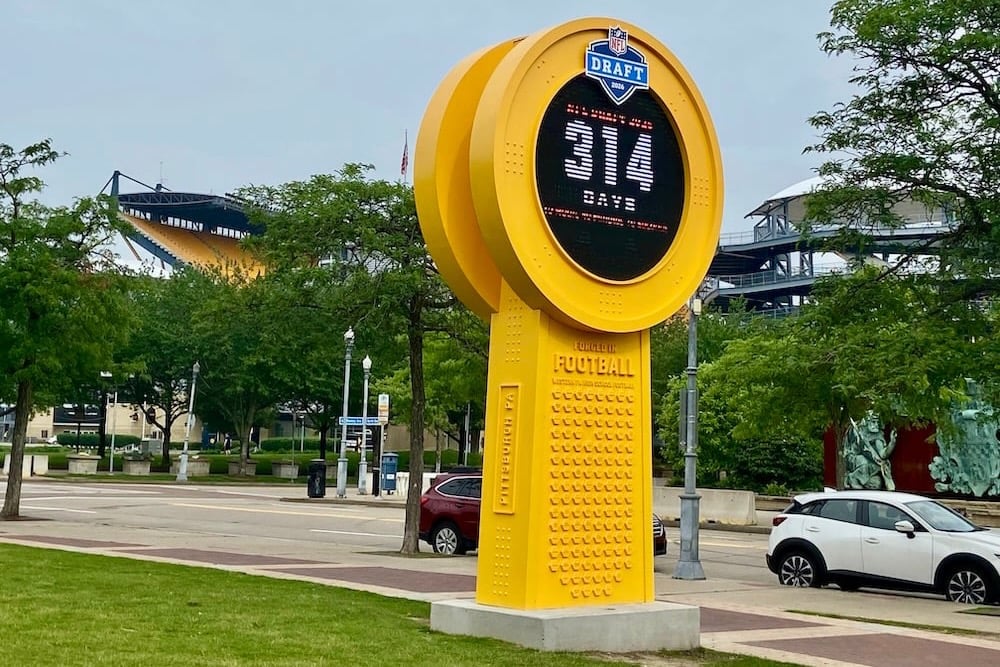Collier’s Weekly: A Lesson in Screenprinting and a Fresh Look at Soup
In The Warhol’s “Good Business” exhibition, some of the artist’s most iconic works are given fresh attention.

ANDY WARHOL, MARTHA GRAHAM: LETTER TO THE WORLD (THE KICK), 1986, © THE ANDY WARHOL FOUNDATION FOR THE VISUAL ARTS, INC.
I have a confession: I don’t really understand how screenprinting works.
Or, rather, I didn’t until last week.
In Pittsburgh, this counts as a significant cultural oversight; we are, after all, the hometown of Andy Warhol, the 20th century’s most significant master of the artform. His signature museum has had many of those iconic prints — those featuring Marilyn Monroe, Chairman Mao, cans of Campbell’s Soup and a hundred other thought-provoking subjects — on display since the day it opened.
The Warhol has also brought innumerable school groups through its doors to make their own prints. I know. I was among those students, in the (very) early days of the institution.
The knowledge, apparently, did not stick. (There was a screenprinting elective in my high school, too, but I opted for photography — where I learned a darkroom process that would almost immediately become somewhat obsolete.)
That’s why an exhibition like “Good Business: Andy Warhol’s Screenprints,” on view at the North Side institution through Sept. 1, is so refreshing. Not only does it put many of Warhol’s prints, from early experiments through some of his final works in the medium, together, but it also takes the time to explain how the process works. Through a free exhibition guide and a helpful video playing on the gallery wall, even those viewers who are a bit dense when it comes to making art will inevitably understand how the process works.
The exhibition also shows both the art and the commerce of Warhol’s decision to focus on screenprints. The enigmatic artist was fascinated by the mechanic repetition of elements that could be made to seem random yet deliberate, painstakingly recreating identical lines in different colors and slightly changed orientations; the medium fit well with his pop-art ethos. Just as importantly, it also made money; genuine Warhol prints could generate a lot of cash for the artist’s more esoteric (and less profitable) pursuits. A significant portion of Warhol’s outlandish and groundbreaking filmmaking career was financed by selling prints.
One part of the collection jumped out at me, however — the part that did not represent a significant financial gain. In a collection of prints depicting endangered animals, creatures great and small are rendered in neon and dramatic shadow; it’s a series that’s both a signifier of its era and still dramatic in the present. And Warhol did this series not to make money but to support conservation work, a rare example of his activism shining through.
The exhibition is a fine reason to return to The Warhol. Vitally, though, it’s also something I love to see from local institutions: iconic, recognizable material presented in a new light. We are all, of course, familiar with the soup cans and the images of Marilyn Monroe; in “Good Business,” we’re given reason to consider and contextualize them once again.
And, perhaps, to help an artistically clueless viewer like myself finally understand screenprinting.














